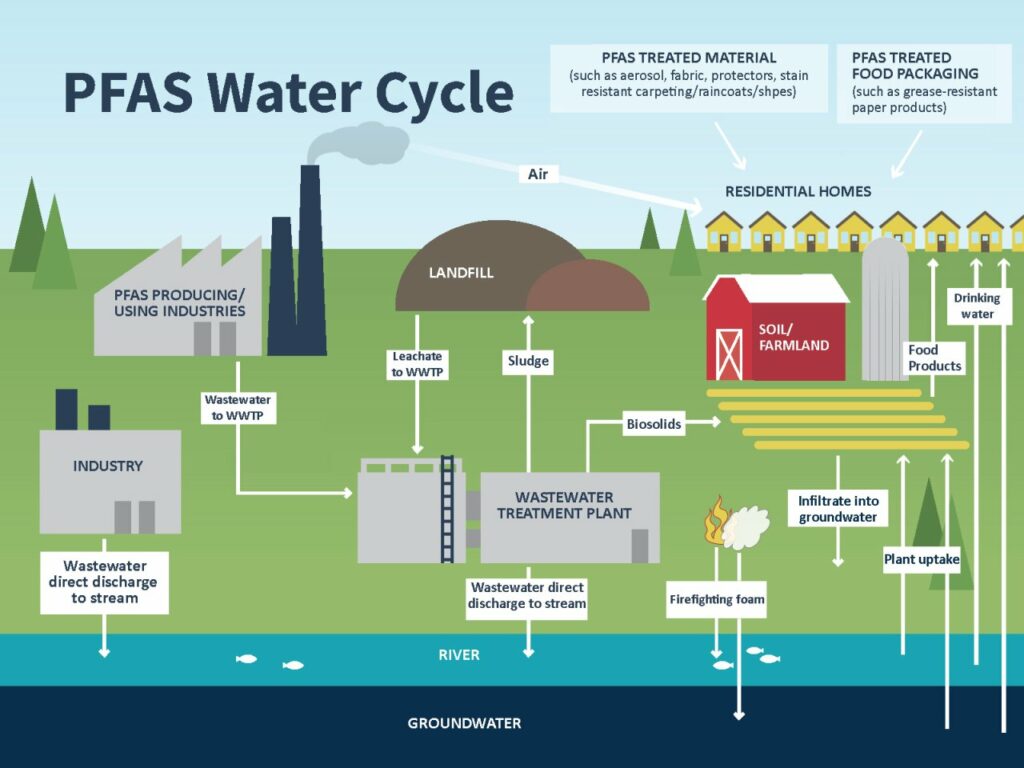Here is an excerpt from Britt E. Erickson‘s article in Chemical and Engineering News:
Competition to destroy ‘forever chemicals’ heats up
Cleantech start-ups vie for a piece of the PFAS destruction market
PFAS solutions in The start-up Onvector is pilot testing what it calls a plasma vortex. The technology rapidly destroys long-chain PFAS, such as perfluorooctanoic acid (PFOA) and perfluorooctanesulfonic acid (PFOS). But it takes longer for plasma to degrade short-chain PFAS, CEO and founder Daniel Cho says.
Credit: Britt Erickson/C&EN
Onvector’s plasma vortex breaks down per- and polyfluoroalkyl substances in a column of fire and lightning.
Onvector started out in 2013 in an industrial park on the outskirts of Philadelphia. The company’s main location is now nestled among other cleantech startups at the Greentown Labs incubator in Somerville, Massachusetts.
Scientists still conduct bench-scale tests in a small lab at the Pennsylvania site. A unit there, small enough to fit inside a shipping container, sits on metal scaffolding on wheels. Pipes, tubes, pumps, and valves connect PFAS-laden wastewater in a stainless steel tank to a plasma reactor housed inside a series of clear, block-shaped polycarbonate modules.
Argon gas is injected through an electrode in the bottom of the reactor. With the flick of a switch, a roaring flame appears inside.
The geometry of the reactor is similar to that of a cyclone separator used in industry to remove particles from a gas or a liquid, Cho says. “We’ve added an electrode at the bottom of the cyclone, through which we inject gas,” he says. The electrode generates high-energy electrons that ionize the gas, creating a plasma that stretches through the cyclone.
As the plasma rotates like a tornado, liquid waste containing PFAS flows in through the side of the device near the top. Gas and low-density material, like foam, flow to the center, “where you have a column of fire and lightning,” Cho says. PFAS interact with the plasma and break apart. Unreacted solids spin out and are collected for disposal.
For the full story in Chemical and Engineering News, click here.

